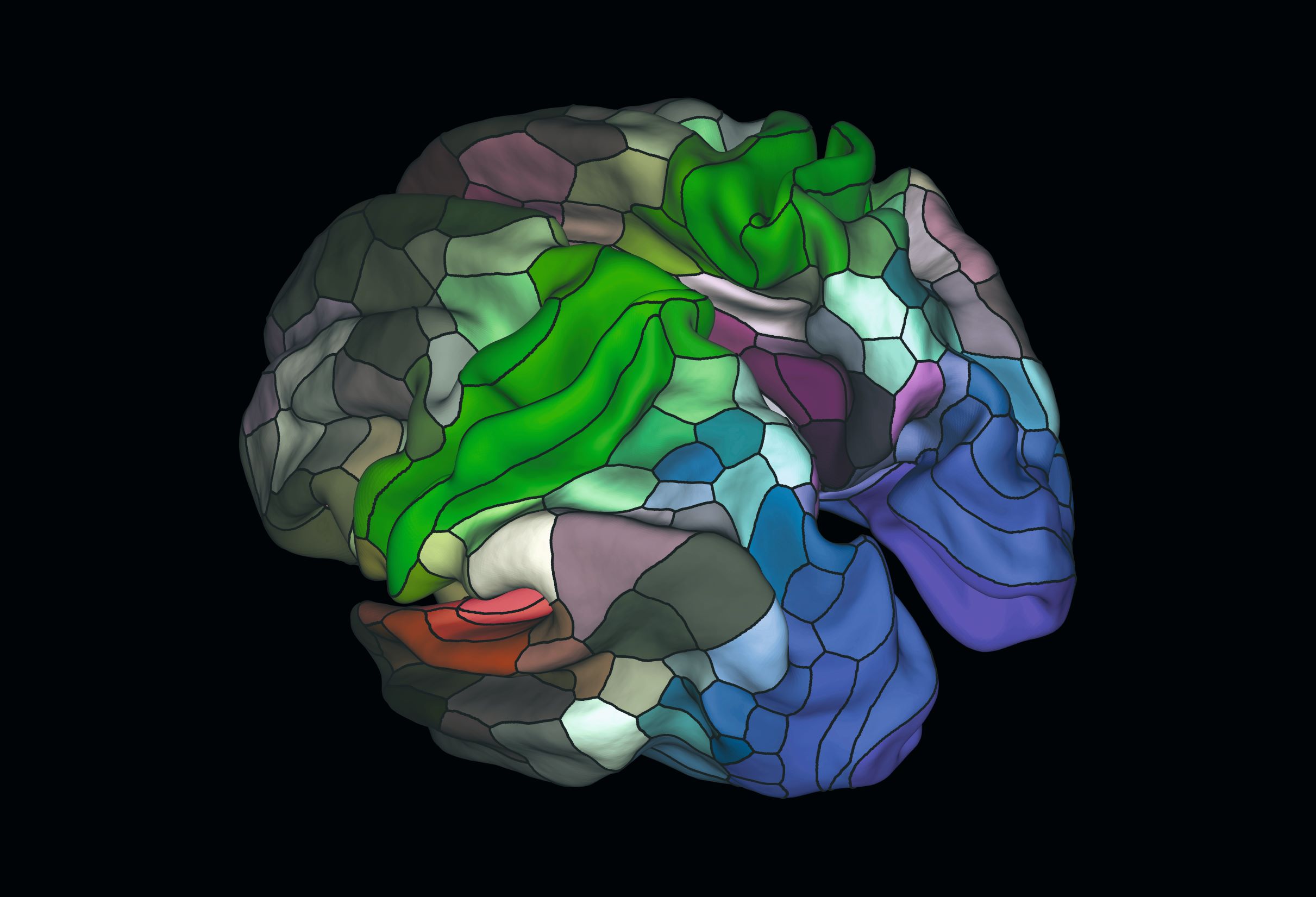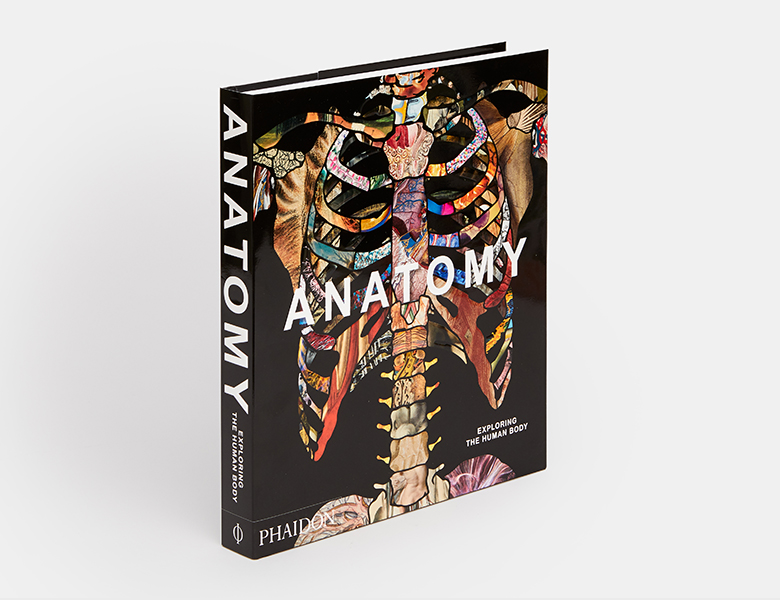
GIFTING: The Art of Anatomy - Brain Map
Could this colourful brain visualisation help researchers understand what stops you, um, er, forgetting things?
It might look like a crazy way to illustrate this human organ, but as our new book Anatomy: Exploring the Human Body explains, this brain map might actually help unlock some of the secrets of mental health. The image was not created by a visual artist – as is the case with many in our book – but is actually the work of two pioneering medical researchers, keen to update outdated visualisations of our brains.
“The bright colours and abstract geometry of this pioneering map of the brain only hints at the complexity of the project behind it, which was developed to give neuroscientists new insights into the brain’s anatomy and functions,” explains Anatomy: Exploring the Human Body. “For more than a century, researchers relied for instance on maps of the brain hand drawn by the German neurologist Korbinian Brodmann in 1907. Brodmann’s drawings divided the cerebral cortex – the wrinkled outer layer of the brain – into fifty-two regions, each of which played a key role in functions such as memory, thought, language, perception and emotion.
“Over the twentieth century, as understanding of brain functions developed, another thirty new regions were added. The study that produced this new map, the most detailed ever attempted, has so far identified ninety-seven previously unknown regions, bringing the total to 180. It was created using data collected by the Human Connectome Project, which analyzed brain scans from more than 200 healthy adults – previous mapping studies used the brains of cadavers – training a machine-learning algorithm to identify distinct regions through ‘fingerprints’.

“Researchers found new regions relating to the brain’s language networks, decision making processes and intelligence, with many more yet to be explored. Scientists hope this milestone in neuroscience will facilitate new research into the workings and development of the human brain and help researchers gain a better understanding of disorders such as autism, dyslexia, Alzheimer’s and schizophrenia.”
To see how this image takes its place in the wider culture of visualizing the human body, order a copy of Anatomy here. The book is a visually compelling survey of more than 5,000 years of image-making. Through 300 remarkable works, selected and curated by an international panel of anatomists, curators, academics, and specialists, it chronicles the intriguing visual history of human anatomy, showcasing its amazing complexity and our ongoing fascination with the systems and functions of our bodies.
Exploring individual parts of the human body from head to toe, and revealing the intricate functions of body systems, such as the nerves, muscles, organs, digestive system, brain, and senses, this authoritative book presents iconic examples alongside rarely seen, breathtaking works. The 300 entries are arranged with juxtapositions of contrasting and complementary illustrations to allow for thought-provoking, lively, and stimulating reading. Order your copy here.